One of the fun moments in our collective journey as anime fans is when we first discover the Mobile Suit Gundam series, the long-running giant robot franchise that defined anime in the eyes of the world for decades. I realized that March marked 35 years of enjoying my own personal favorite Gundam series, Zeta Gundam, and thought I’d write a post asking which series took the “Gundam virginity” of J-List customers. Let’s get started!
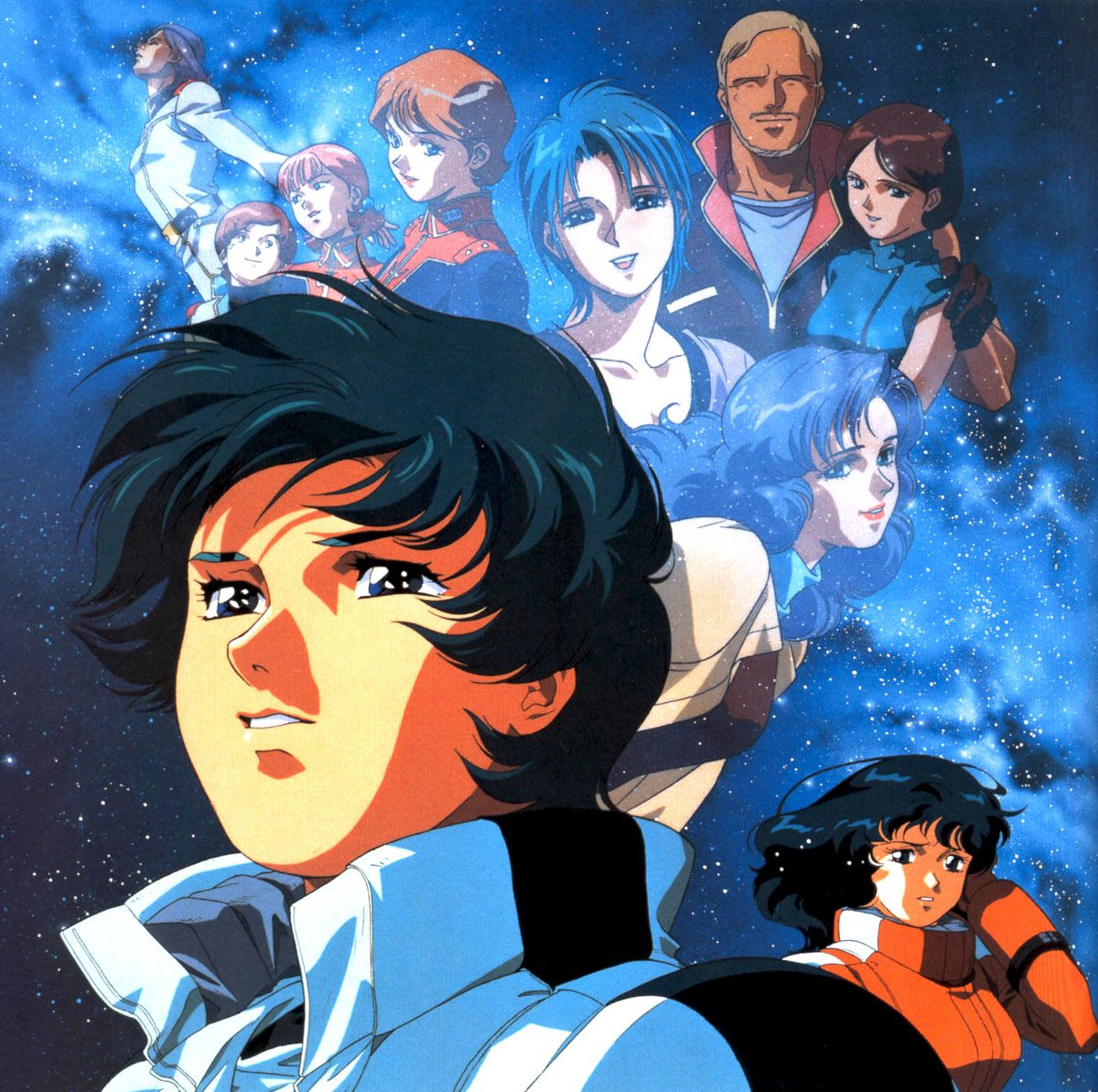
The History of Giant Robot Anime
Just as he single-handedly created the genres of ecchi and hentai with breakout series like Cutey Honey and Harenchi Gakuen, manga artist Go Nagai can be considered as the father of giant robot anime with his creation of Mazinger Z in 1972. This was the first show that featured a human boy who entered the robot and piloted it from the inside, which naturally enthralled viewers at the time, who could mentally insert themselves into Mazinger and do battle in their minds.
Other influential series in the “Super Robot” genre followed, funded by toy sales. Near the end of the 1970s veteran animator Yoshiyuki Tomino — who had cut his teeth with Tezuka Osamu animating Astro Boy and then with Isao Takahata on Heidi, Girl of the Alps — decided he wanted to make a more serious show about humans and mecha that went beyond what was being made at the time. He wanted to tell stories that took into account the politics and gritty world the characters lived in. This new kind of mecha anime would be dubbed the “Real Robot” genre, and anime would never be the same.
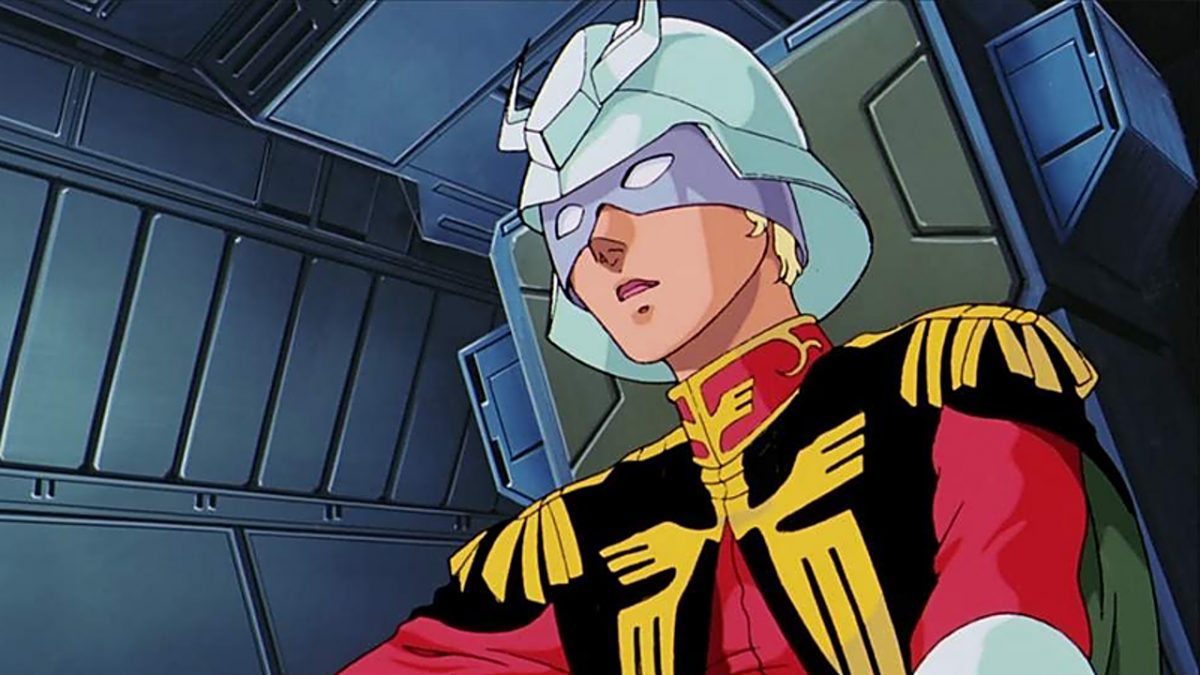
1979’s Mobile Suit Gundam was not a hit at first, and ratings were so poor that the series was shortened by 15 episodes during production. As director Tomino said in a documentary on NHK, the animators were in a constant state of depression due to the poor ratings and pressure being put on them by the series sponsors. Towards the end of the original run, the staff learned that fans had not only made a Gundam fan club, but a “federation” of fan clubs all around Japan, and they started to realize that they might have found success after all. What saved the Gundam franchise were the three compilation movies (Gundam I, II, and III), which were released in theatres with touched-up animation to fix some of the problems of the broadcast version.
The show was a hit, captivating fans with its complex story of humans living in giant rotating space colonies and struggling to gain political independence from the Earth Federation even while some of the “spacenoids” began to evolve into super-beings called Newtypes. Unlike the bland stories told in the Super Robot era, this show had complex characters fighting for political causes in which all sides were somewhat morally dubious. It featured a fantastic antagonist Char Aznable, who weeps when he realizes he’s not strong enough to defeat the great Amuro Ray.
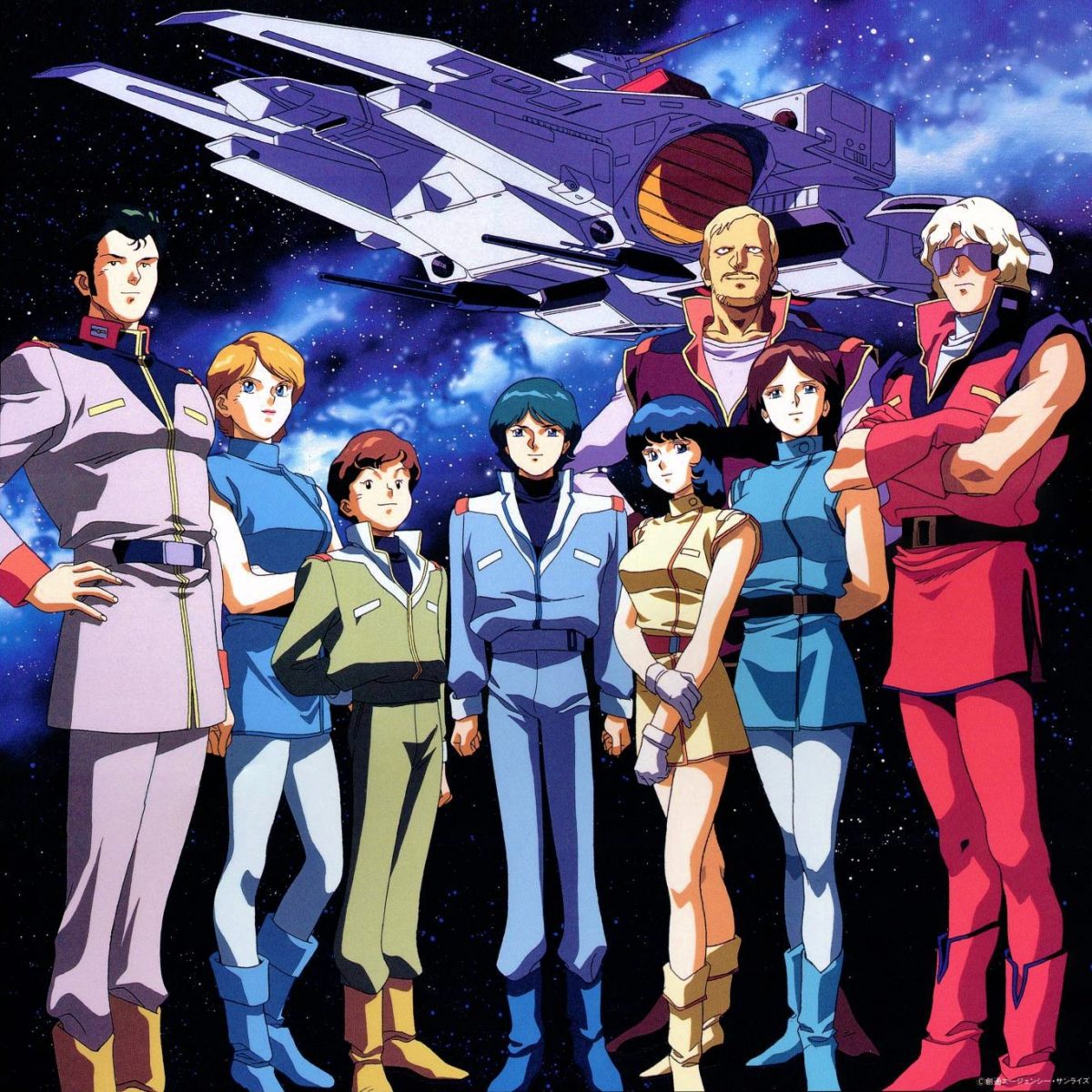
Celebrating 35 Years of Zeta Gundam
While I love the original Mobile Suit Gundam, the show that stole my heart was the second series, Zeta Gundam. Some reasons I love it include:
- In the tradition of The Empire Strikes Back, Godfather II, and the Comet Empire arc of the original Space Battleship Yamato, the series gathered everything good about the original work and took the characters to a much darker place.
- It was the first continuation of the Universal Century world, which has been a core of nerd culture for almost as long as Star Wars fans wished they could use the Force. And we’re still obsessing over it: I can’t wait to see the first Hathaway’s Flash film in theatres in July, about a conflict between Bright Noa and his son Hathaway.
- It showed the stresses war takes on people, and that no one’s hands are truly ever clean. Nothing like this had ever existed in animated form until this point.
- As a Star Trek fan, I appreciated the way Gundam was trying to tell serious stories about a possible future for humans living in space. In contrast, Star Wars and Macross and much less grounded in reality.
- I consider Zeta Gundam to be a textbook sequel that other shows should aspire to, with the perfect blending of mostly new characters and story, with characters from the original making cameos at important moments.
https://www.youtube.com/watch?v=G3SVF1IuZHE
- Subjectively, the series marked the point at which females began singing OPs and EDs, compared with pre-1985 shows which featured male singers and more adrenaline-packed songs.
- I was watching Zeta Gundam back in the days when there were no anime subtitles, and the struggle to understand the complex story — how could Amuro and Char be fighting on the same side??? — was a major motivator for me to take my Japanese studies seriously.
Which Series Took Your ‘Gundam Virginity’? J-List Customers Reply!
I asked J-List’s customers to share their first Mobile Suit Gundam experiences, and here’s what they said!
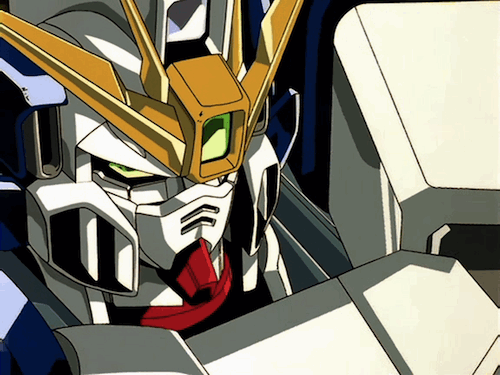
Wing. Which led to me watching 08th MS Team, though I was too young to really understand it at the time.
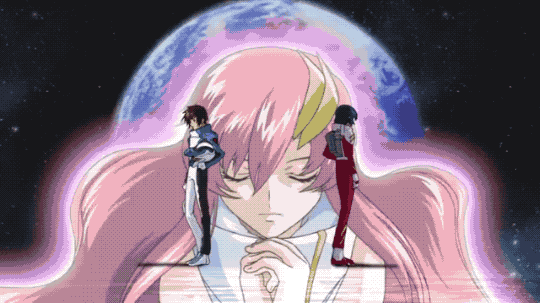
Gundam SEED, I am sure am happy it did.
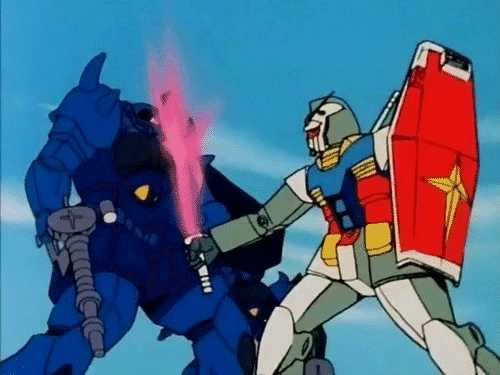
For me, it was the original, 0079! #UC4LIFE!
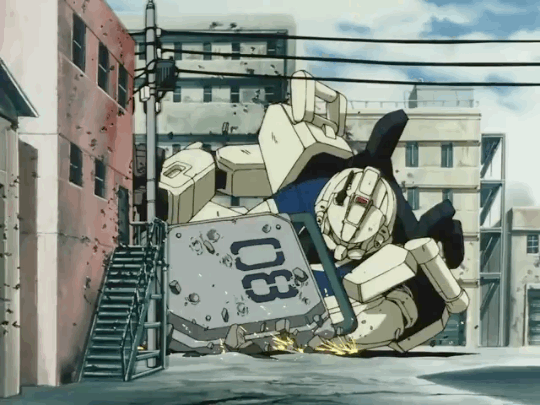
08th MS Team was my first and holds a special place in my heart. Everything from its aesthetics to the production quality captivated my small boy brain. My mind was literally blown away when I learned that this was only a small part of UC.
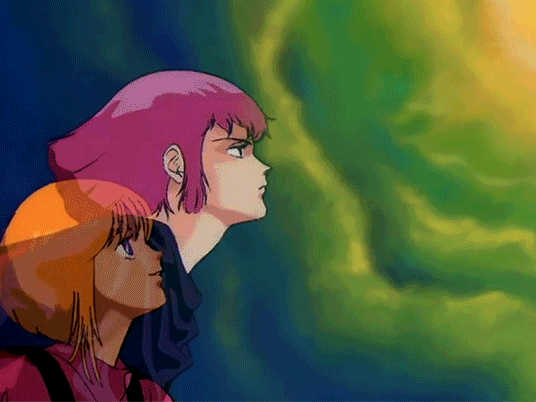
Gundam ZZ was so much fun!!
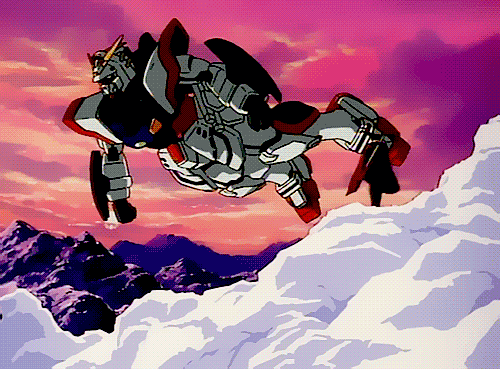
G Gundam!
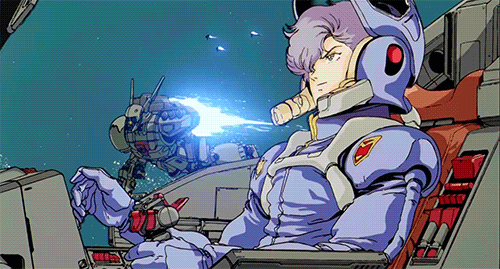
For me, it would be Gundam F91.
Thanks for reading this nostalgic post on what Mobile Suit Gundam anime claimed your “Gundam virginity”! Tell us why Gundam is special to you below, or on Twitter!
J-List is your Friend in Japan, always bringing exciting new products to you. We love to post new doujinshi to the site, and every week have lots of new “thin books” (as doujinshi are called in Japanese) featuring your favorite anime characters doing naughty things. Browse all our new doujinshi offerings here!
















